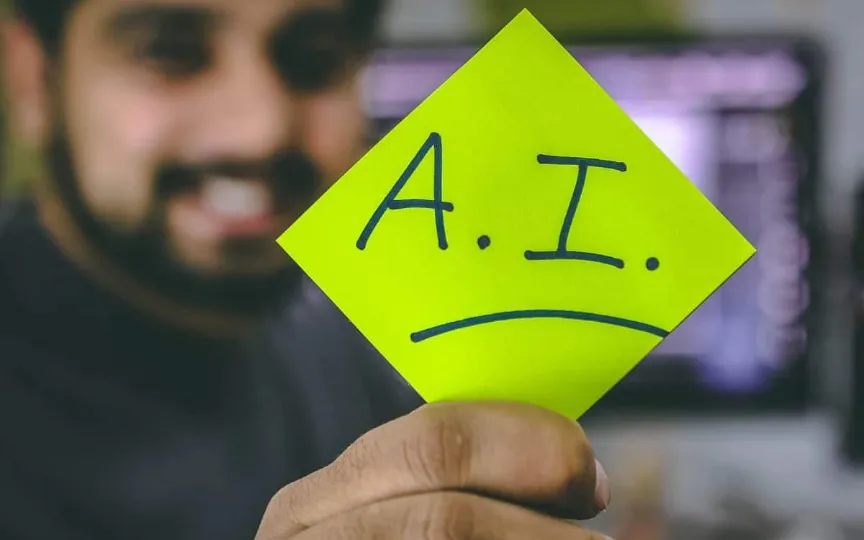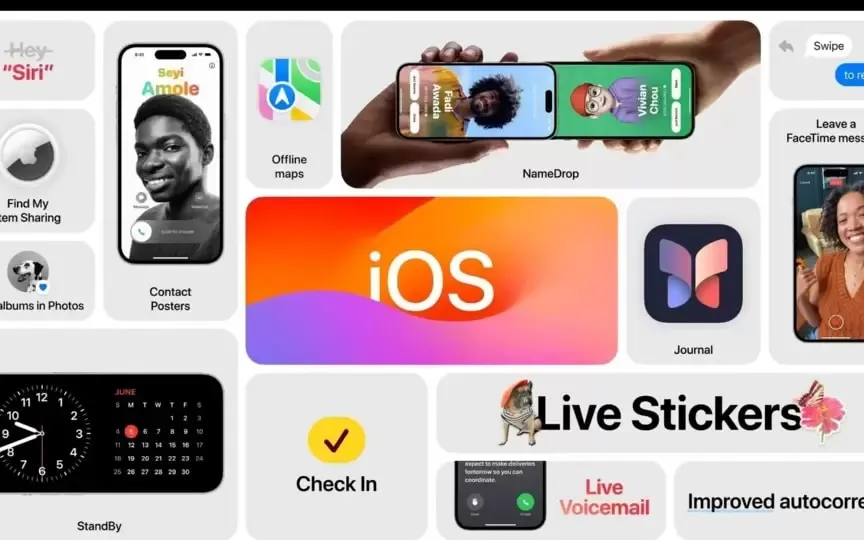By 2028, approximately 70% of software tests will be written by generative AI-powered tools.
GenAI-based tools will be able to write 70 percent of software tests by 2028, reducing the need for manual testing, thereby improving test coverage, software usability and code quality, a new report says.
According to IDC, 48 percent of enterprises in Asia Pacific excluding Japan (APEJ) consider code review and testing to be one of the important tasks that AI could most effectively help developers streamline.
The main areas of focus in utilizing AI/ML with testing are test prioritization, finding the underlying reasons for failed tests, creating test cases, and self-improvement and testing procedures,” the report states.
Test automation GenAI uses artificial intelligence algorithms to create and manage test scripts, enabling more efficient and adaptive testing procedures.
“The Asia Pacific market for generative AI-assisted software development, including code generation, user interface, testing and other use cases, is growing rapidly. China, India and Japan are investing significantly in this to improve software testing capabilities,” said Dhiraj Badgujar, research manager for digital innovation, xOps and developer strategies at IDC Asia/Pacific.
According to the report, artificial intelligence is increasing the level of automation in software development, and developers and DevOps specialists are at the forefront of this new paradigm.
“Gen AI will reinvent legacy application reengineering, with enterprises using GenAI tools and cloud provider platforms to initiate and complete 50 percent of code transformation and development tasks by 2027,” according to IDC.
By 2026, more than 50 percent of consumers will use artificial intelligence via mobile devices to find, evaluate, and purchase most of the products and services they want.
“By 2028, natural language will become the most used programming language, with developers using it to create 30 percent of new net applications,” the report states.




